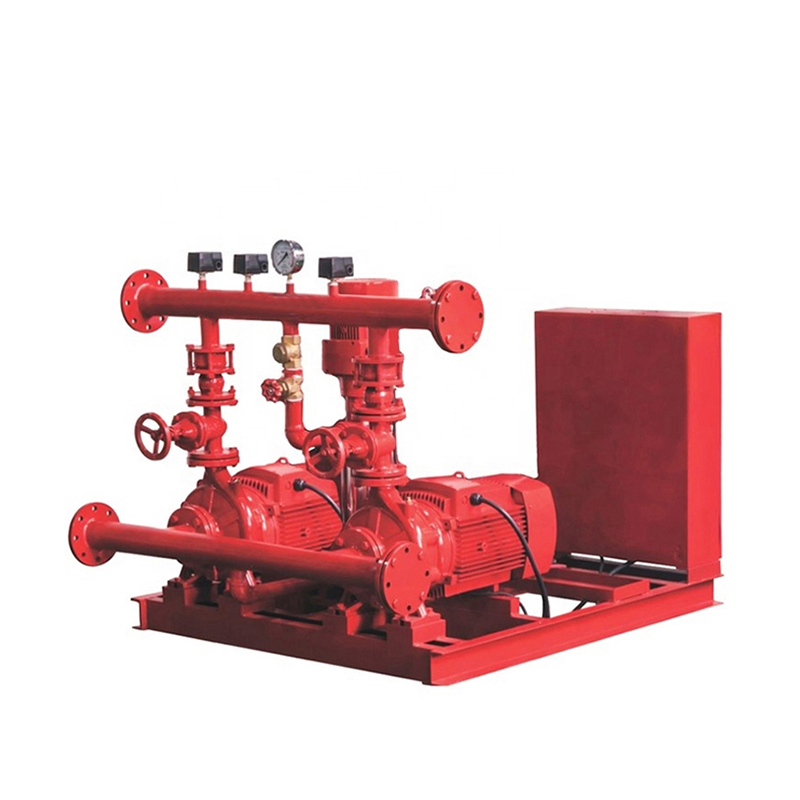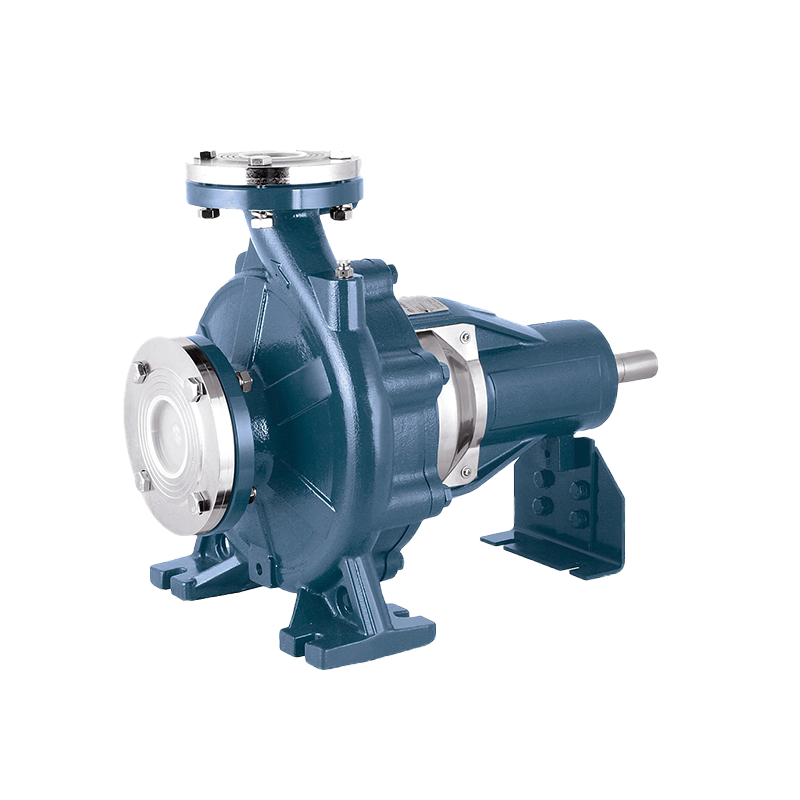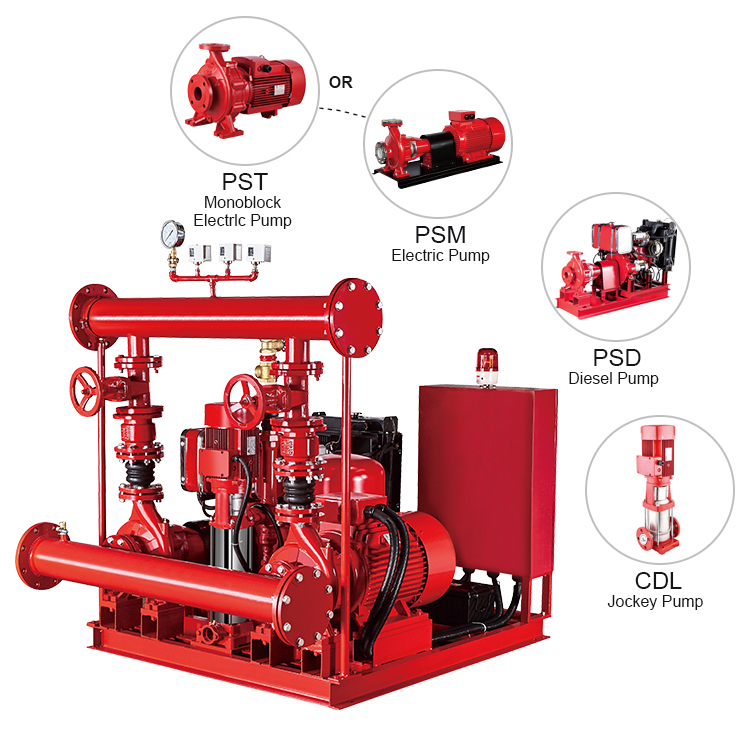Horizontal Centrifugal Pumps: A Comprehensive Guide to Efficiency and Applications
Centrifugal pumps are designed based on the principle of centrifugal force. High-speed rotating impeller blades drive the water, throwing it out and achieving the purpose of conveying water. There are many types of centrifugal pumps. Based on their use, they can be divided into civil and industrial pumps; based on the conveying medium, they can be divided into clean water pumps, impurity pumps, corrosion-resistant pumps, etc.
What Are Horizontal Centrifugal Pumps?
A horizontal centrifugal pump is a type of pump in which the shaft is positioned horizontally. It uses rotational energy generated by an impeller to move fluids through centrifugal force. These pumps are designed for easy maintenance, high efficiency, and the ability to handle large flow rates with relatively low pressure.
Advantages of Horizontal Centrifugal Pumps
Ease of Maintenance:
Due to their horizontal design, these pumps allow for straightforward access to internal components, reducing downtime during repairs or part replacements.
High Efficiency:
They are engineered for hydraulic performance, resulting in lower energy consumption and operational costs.
Wide Range of Applications:
Suitable for pumping clean water, chemicals, slurries, and other fluids with varying viscosities.
Robust Construction:
Often built with durable materials like cast iron, stainless steel, or specialized alloys to withstand demanding environments.
Simple Installation:
Their common design and standardization make installation and integration into existing systems hassle-free.
Centrifugal Pump Applications
1. Pipeline centrifugal pumps are used to transport clean water and other liquids with similar physical and chemical properties. They are suitable for industrial and urban water supply and drainage, high-rise building pressure boosting, garden irrigation, fire protection pressure boosting, and equipment support. The operating temperature range is 80°C or less.
2. Hot water (high-temperature) circulation pumps are widely used in energy, metallurgy, chemical, textile, papermaking, as well as for high-temperature hot water pressure boosting and circulation in hotels and restaurants, and for urban heating systems. The ISWR type has an operating temperature range of 120°C or less, and the WRG type has an operating temperature range of 240°C or less.
3. Horizontal chemical pumps are used to transport corrosive liquids with a viscosity similar to that of water and free of solid particles. They are suitable for the petroleum, chemical, metallurgy, power, papermaking, food, pharmaceutical, and synthetic fiber industries. The operating temperature range is -20°C to 120°C.
4. Horizontal oil pumps are used to transport petroleum products such as gasoline, diesel, and kerosene. The operating temperature range is 20°C to 120°C.
Maintenance Tips for Longevity
Regular maintenance is crucial for the lifespan and performance of horizontal centrifugal pumps:
Monitor vibration and noise levels.
Check seals and bearings for wear.
Ensure proper alignment of the pump and motor.
Regularly inspect and clean the impeller and casing.
Horizontal centrifugal pumps offer a combination of durability, efficiency, and ease of use that makes them indispensable in many industrial and commercial settings. Whether you're upgrading an existing system or installing a new one, understanding these pumps' features and benefits will help you optimize operations and reduce costs.
 English
English عربى
عربى
 Fire Pump and System
Fire Pump and System Split Case Pump
Split Case Pump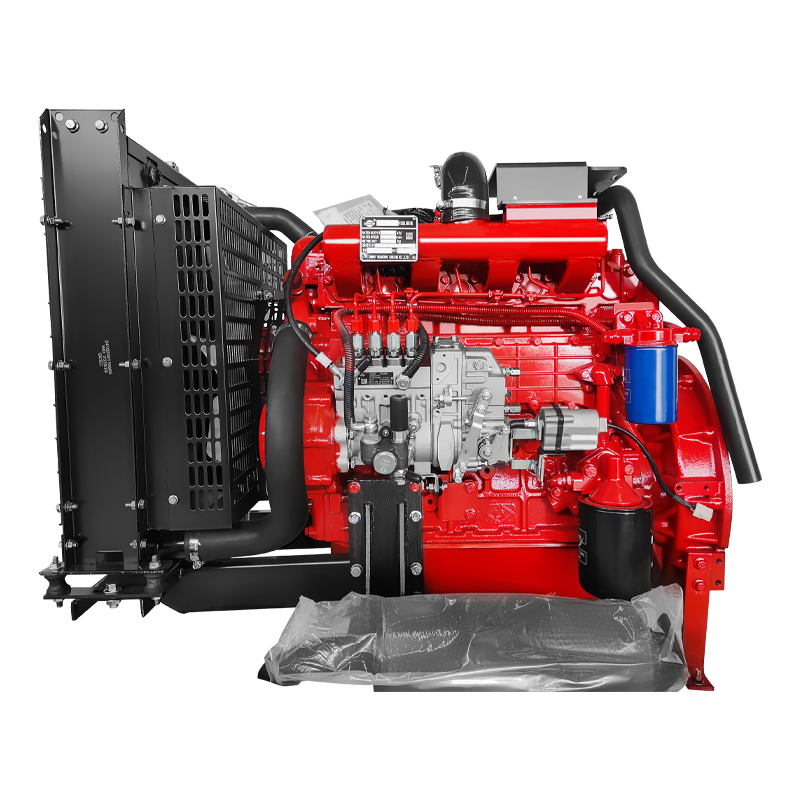 Engine and Pump
Engine and Pump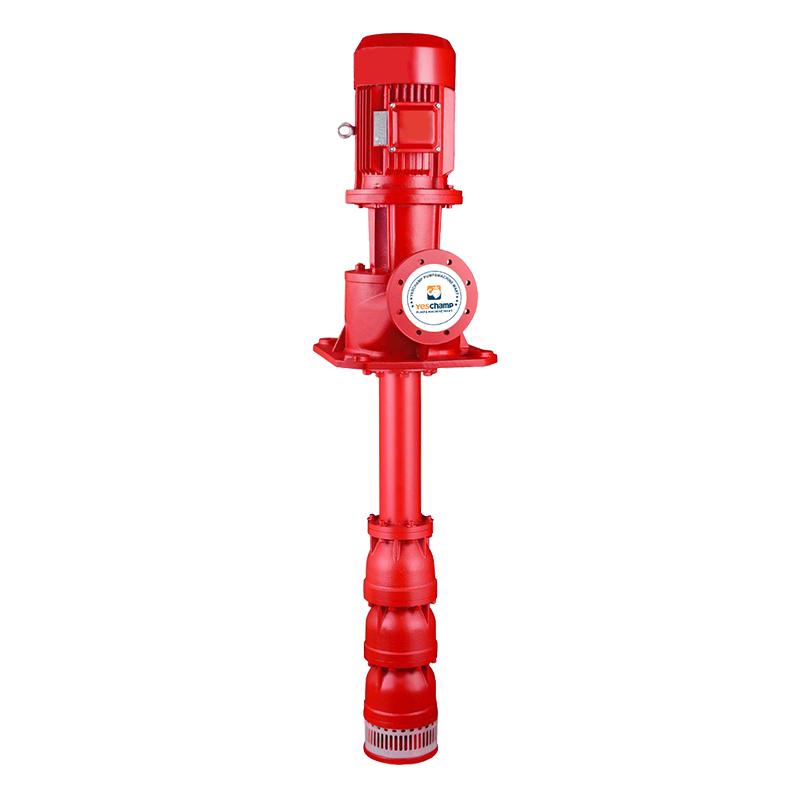 Long Shaft Pump
Long Shaft Pump Multistage pump
Multistage pump Water Supplier System
Water Supplier System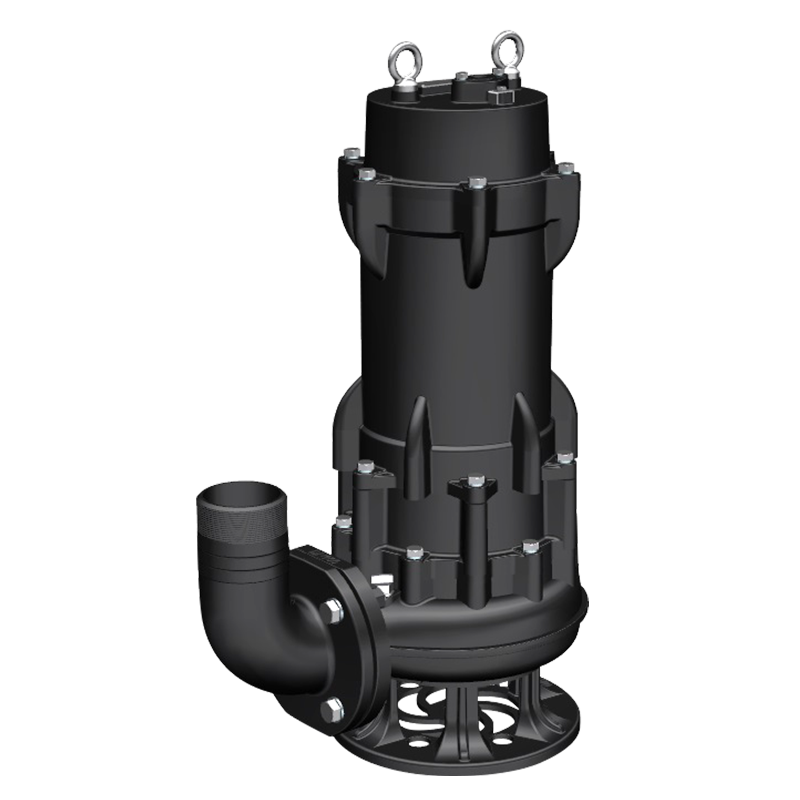 Sewage Pump
Sewage Pump Industrial Pump
Industrial Pump Self-Priming Pump
Self-Priming Pump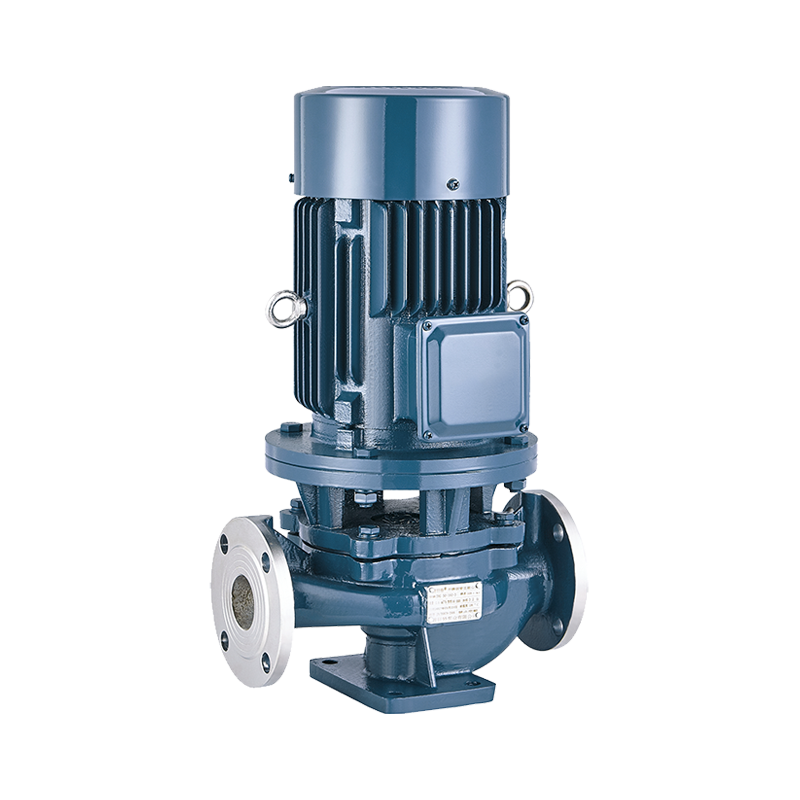 Inline Pump
Inline Pump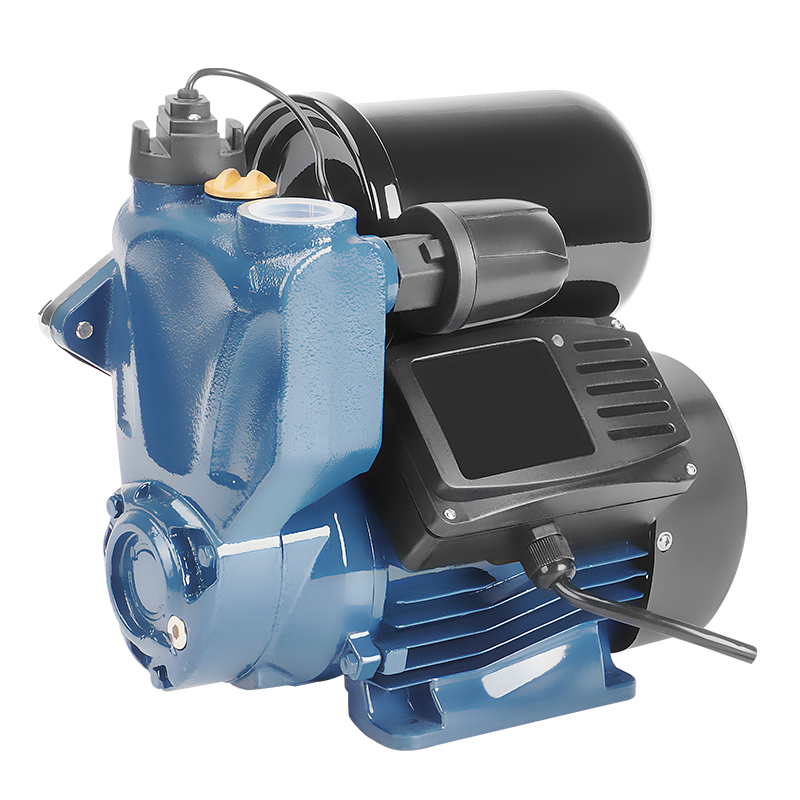 Domestic Pump
Domestic Pump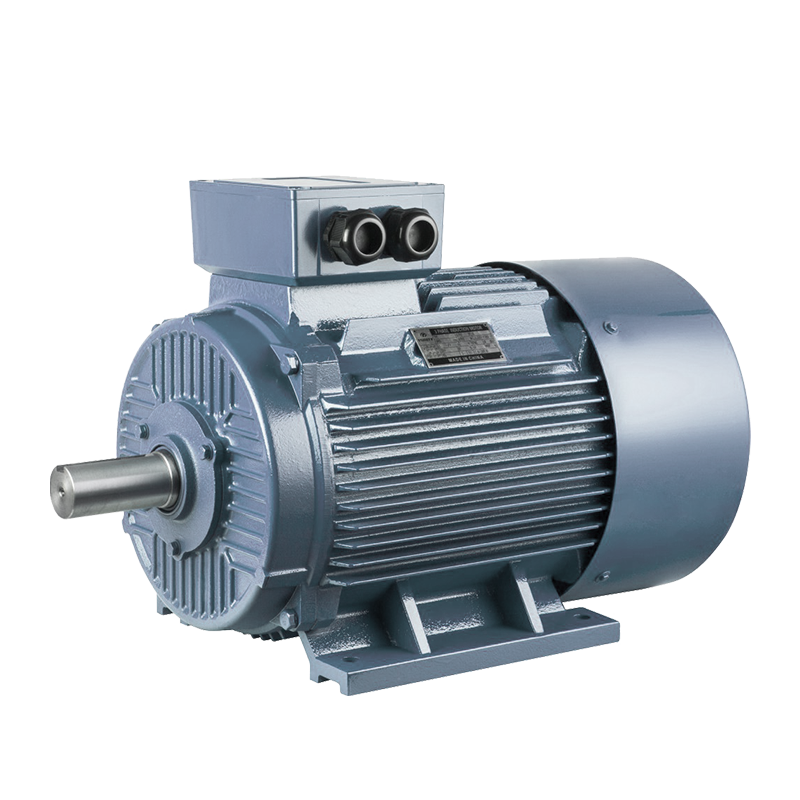 Electric Motor
Electric Motor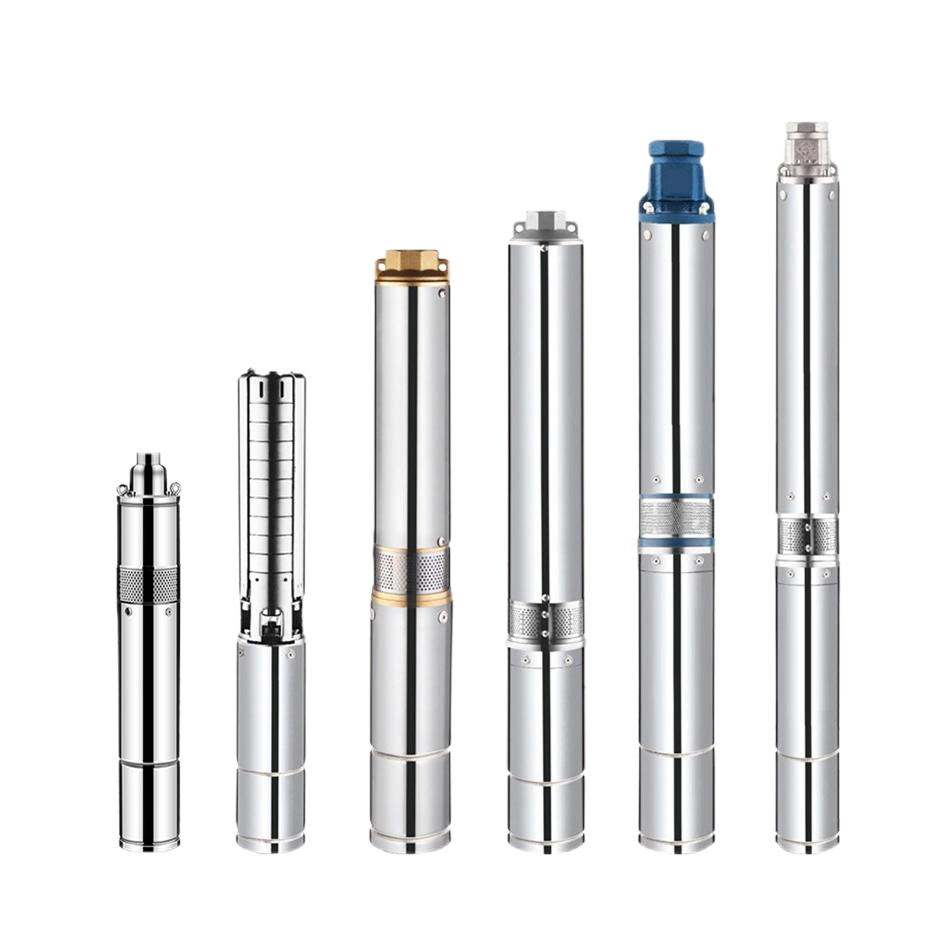 Borehole Pump
Borehole Pump
